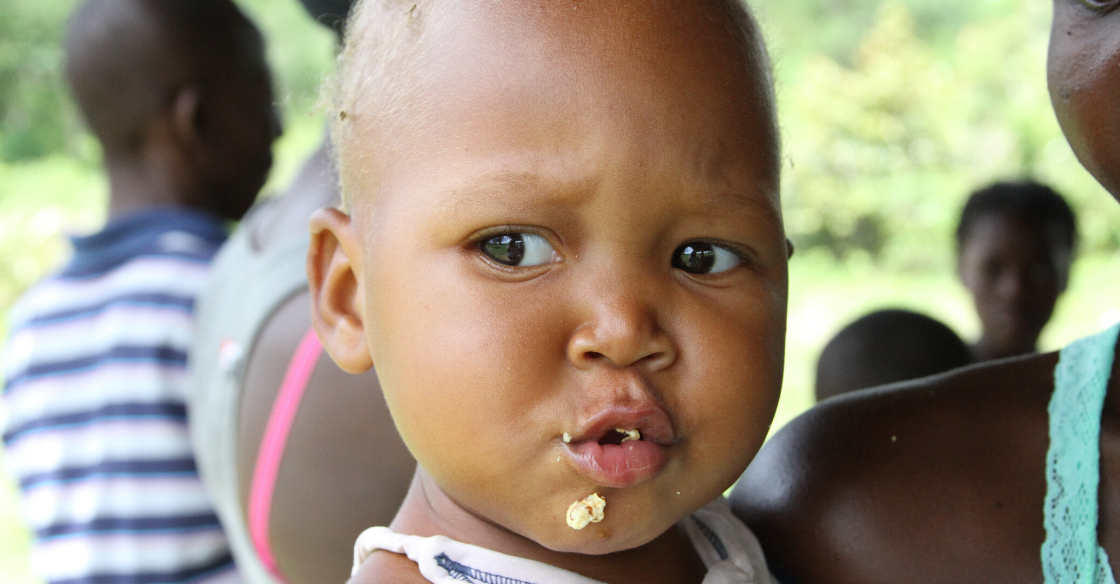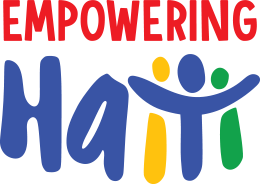Hunger and Haiti: An Interwoven History
June 22, 2020
Haiti is a country faced with many hardships. Geographically and historically, Haiti has been very unlucky. The country overlaps the major fault line between the North American and Caribbean tectonic plates and is positioned right in the middle of the regions hurricane track. However, the crisis most heavily impacting the future of Haiti, is malnourishment.
What causes malnourishment in haiti?
Of the nearly 10 million people living in Haiti, children under 14 make up more than one third. With employed Haitians making close to $2 a day and another 50% left unemployed, adults and young children are often left with just one meal a day. The malnourishment rate among children is severely high. Here are some statistics to paint a picture of the “norm” in Haiti:
- 1 in 5 children under 5 suffer from acute malnutrition.
- 1 child out of 3 is stunted, or irreversibly short for their age.
- The infant mortality rate stands at 51.7 deaths per 1000 live births in 2020.
It is true that low income plays a major roll in the high numbers of undernourished children. Regardless, there are other factors at play. One of those is education. Access to vital nutrients is the difference between life and death for children in Haiti and many parents lack an understanding of the foods a child needs in order to grow and survive. Adult diets in Haiti consist largely of rice and beans, with little other protein. Additionally, milk is not easy to access. Livestock in Haiti consists mostly of goats, chicken and pigs. Dairy cows are a rare find, leaving the only option a powdered milk that most Haitians cannot afford. The lack of protein in their diets leaves children susceptible to something we’ve seen in our clinic called Kwashiorkor, a severe protein deficiency that leads to growth failure, loss of muscle mass, swelling, and decreased immunity. Many infant deaths are due to Kwashiorkor and improper treatment of the condition. Protein has to be reintroduced to the body over a period of time, which is something hospitals in Haiti aren’t always aware of. Additionally, stomach infections become a risk in cases of malnourishment. They are the leading cause of death in children in Haiti and in most cases occur purely out of misinformation. Mothers aren’t taught that their babies should only be fed breastmilk up until a certain age and often give them food that they cannot digest on unsanitary utensils.
These heartbreaking circumstances, however, can be overcome. In 2014, Empowering Haiti was presented with an opportunity to partner with an organization in Iowa that packages individual meals to ship around the world. They purchase foods like soy protein and rice that provide the necessary level of nutrients in a meal. This partnership was the birth of our nutrition program.

A young Haitian child, recovering from Kwashiorkor, is fed at our clinic's nutrition program. Photo by courtesy of Gail Capper.
Our Nutrition program is How we help
Through our nutrition program, we are currently providing meals 5 days a week to around 40 children at a time. Our doctors identify children who are malnourished and encourage their parents to let them join. We provide meals on our property to ensure the food is fed to the children and not taken by other relatives. This allows us to monitor their improvement and immediately treat children who show up sick. Our pediatrician, Dr. Camy can identify children with Kwashiorkor right away. We start them on a special diet that includes our prepared meals, a scoop of peanut butter, a small amount of tuna fish and milk every day.
In a country like Haiti, where the government’s only form of revenue is through customs, any success is a success story
Haitians are very traditional and often stick to the advice given to them by their parents, who learned from their parents. What we are trying to do is educate these parents through community healthcare education so they can in turn, pass on valuable information the next generation of mothers and fathers. It is not enough to provide free services, our goal is to help Haitians help themselves. Holding parents accountable for the health of their children is just the first step. Since starting our nutrition program, we have not lost one child while they have been under our care. There are still children dying in our area and throughout the country, which is why we hope to grow our program. We have already begun to start treating the elderly for malnourishment but it will require far more funding to expand any further. In a country like Haiti, where the government’s only form of revenue is through customs, any success is a success story. To have a program survive a year is a true victory. Despite the hardships, we consider our impact to be the first step in building sustainable Haitian communities.



